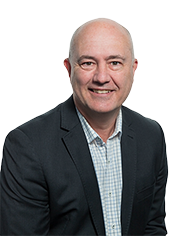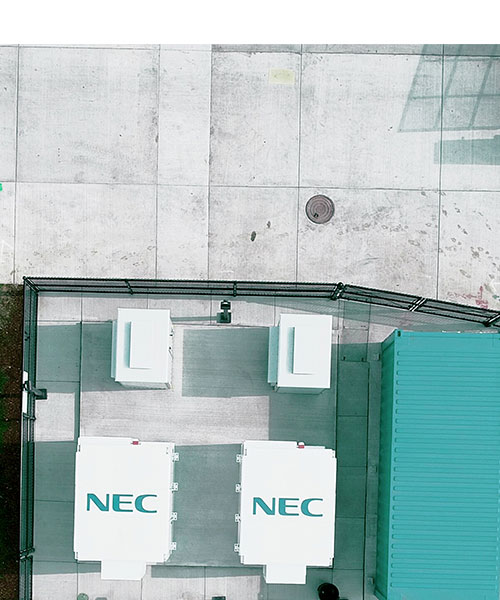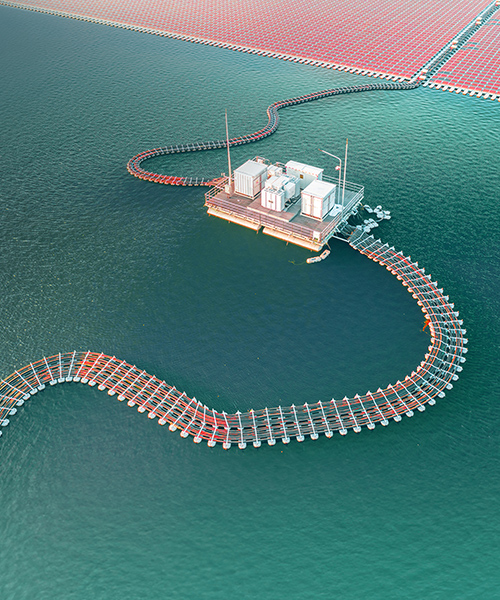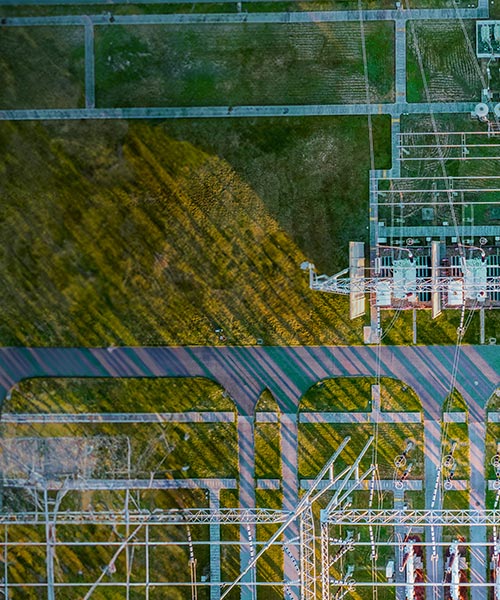May 28, 2020 • 5 min read
Distributed energy systems: changing the energy industry of tomorrow
As power generation technologies evolve, so too are the systems to distribute the electricity they produce
For over 100 years, electricity has been generated at centralized fossil fuel power stations and transmitted to homes and industries through large electricity grids. But this centralized model is starting to break down because it’s not agile or reliable enough.
“There are many reasons for this decentralization, but behind it are a group of technologies that allow small scale electricity generation, at the point where the electricity is used,” says Paul Ebert, Group Director, Energy Transition.
“For example, these could be small wind turbines or solar panels that are attached to small scale energy storage at a site or household, with a computer that runs it all.”
This decentralized technology is what we call power networks. And Ebert thinks they are key to the success of the energy transition.
Energy systems are becoming more complex
“When I first started out, we used to talk about renewable electricity generation from a single point of view,” says Ebert.
“But over the last 10 years, that’s become a smaller part of a much more complex energy transition. And as the renewable energy proposition has grown, and become more complex, it’s also become harder to use. This is where power networks come in. It provides easy optimization for complicated, multi-streamed energy systems.”
Establishing greater control and resilience while reducing cost
Power networks offer much more than the centralized systems of the past.
One of the biggest benefits is that they supply more resilient energy, particularly in locations that have natural disasters. The big, centralized grids tend to break down during catastrophic events, but power networks keep the electricity supply intact.
And we’re not just talking about small, distributed energy systems, like solar panels on homes. We installed two Battery Energy Storage Systems (BESS) in Oregon, USA, and integrated an existing 25 kW rooftop solar photovoltaic system and a new emergency water well system at Howard Elementary School. The result of this project is that local communities have electricity and fresh drinking water during power outages that occur in times of inclement weather.
“There are larger companies in industrial and commercial settings who use these systems in their warehouses and shopping centers,” explains Ebert. “They get the benefit of generating their own electricity when they need it and in any way they want. And they can control their energy costs and environmental impact.”
Interest in power networks has also increased as companies around the world bid for more sustainable ways to produce energy. This is partly to combat climate change and to reduce dependence on fossil fuels.
Demand for power networks is increasing with renewables
Solar is already one of the cheapest ways to generate electricity. And there are several emerging technologies within solar that will make it even cheaper to generate energy.
“New solar technologies, like tandem cells, are all about getting more energy out of the same panel,” says Ebert.
Solar cells that are commercially available now are around 20 percent efficient. This means that only 20 percent of the energy that hits the panel is converted into electricity.
“There are cells in the laboratory which are double, that but aren’t double the price,” says Ebert. “We’re a long way from those being a commercial product, but you can see where it’s headed.”
As it becomes even cheaper to produce renewable energy like solar, demand for it will increase. This increasing demand will result in more projects from industrial power consumers to diversify energy sources. Increased diversification will mean more demand for solutions to optimize distributed energy portfolios. So, as demand for solar increases, so too will demand for power networks.
One distributed energy system can’t change the world, but thousands can
As an individual or business, your power network might produce too much electricity for you to use. So, what do you do with the excess?
You could export it back to the grid, but Ebert notes that a better way is to trade electricity with another distributed energy system provider. Regulations are still catching up with this idea, and there are trials underway in Australia, sanctioned by the regulator.
“What’s emerging is something called the virtual power station,” explains Ebert. “A virtual power station gathers the energy produced by individual distributed energy systems and forms a network. This network is made up of decentralized power generating units, flexible power consumers, and energy storage systems. The goal of a virtual power station is to open trading lines between users. You can also present these connected systems to an electricity market as a single power station.”
This could lead to more positive outcomes for smaller distributed energy users. This is because the smaller users get access to deals that might have only been available to larger users. Being part of a virtual power station lets them meet the minimum bid size that’s sometimes required to trade in markets.
By being networked in a virtual power station, individual energy users can trade like one single power plant. That way, fluctuations in renewable energy generation can be smoothed out by balancing individual units.
For all the benefits, there are still challenges
One of the challenges is to do with how fragmented the industry currently is, with many small users generating energy, selling energy, and looking for energy solutions.
“People and businesses who want renewable electricity end up looking at hundreds of different providers to supply them with equipment,” says Ebert. “This complicates the process and makes it harder to create optimized solutions that meet differing needs. Consolidating the fragmented process is important.”
However, the demand for the reliable energy that power networks can provide far outweighs the challenges ahead.
“Power networks will play an essential role in bringing together renewable infrastructure, with energy users,” says Ebert. “Because energy generation alone won’t be sufficient to make decarbonization ambitions possible.”




